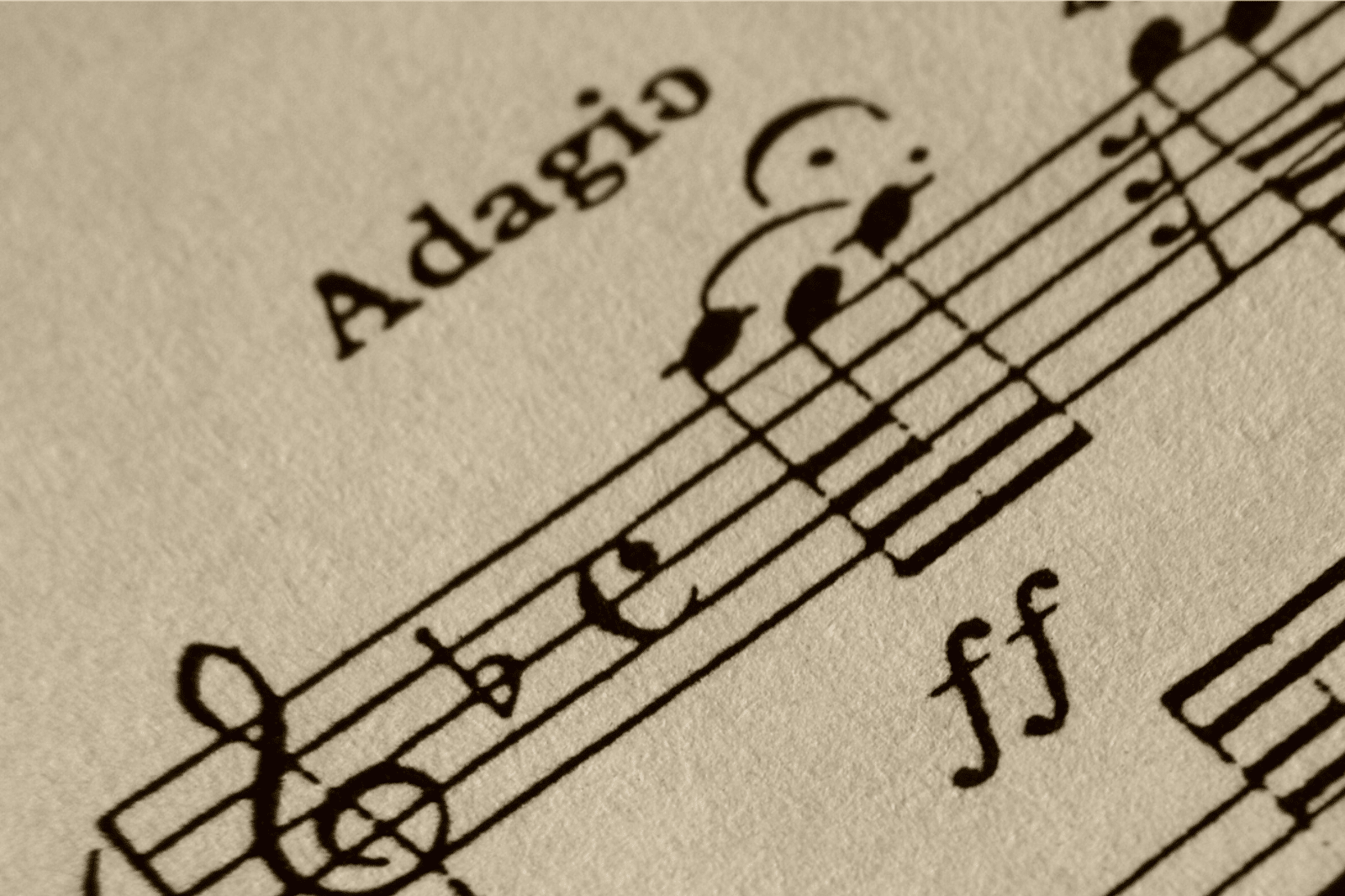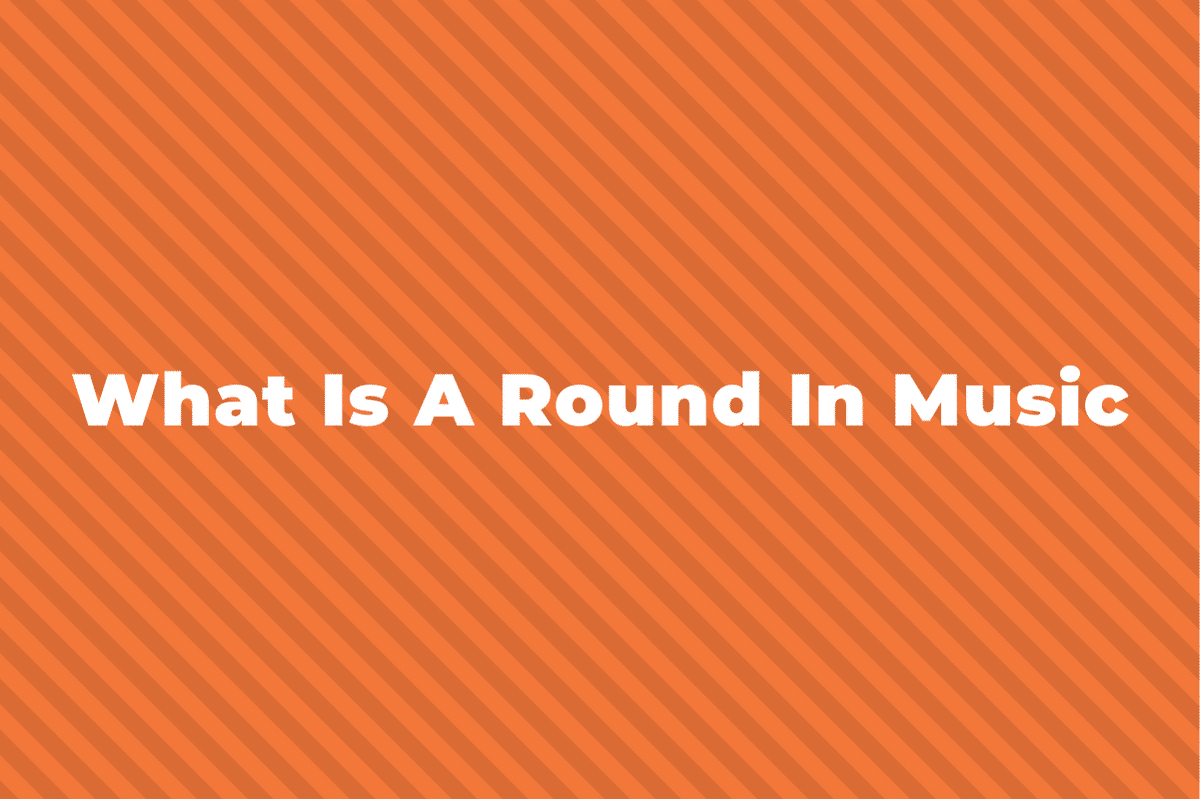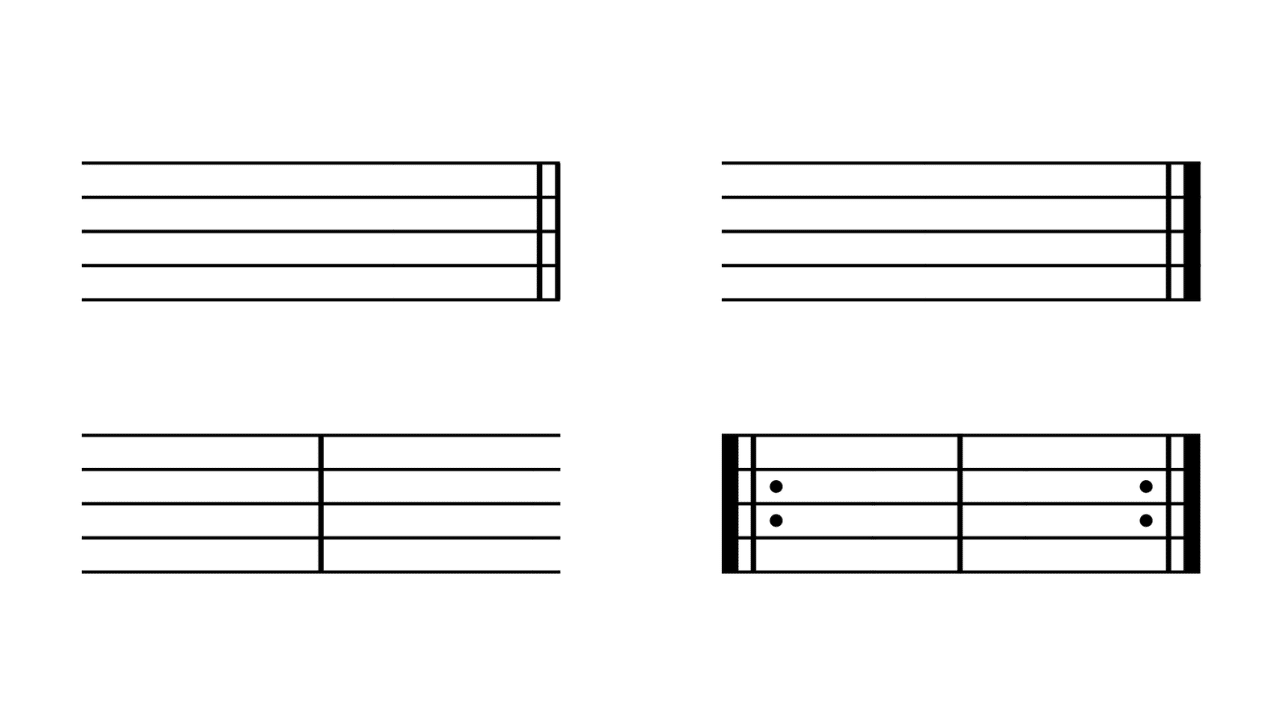Most music that you hear on the radio or play in a band is made up of chords. There are many different types of chords, but the four most common types are major, minor, augmented, and diminished chords.
In this post, we’ll take a look at diminished chords — what are they, how do you make one, and what is their purpose in music? But first, let’s go back and recap just exactly what a chord is.
What Is A Chord?
Music is made up of pitches or notes. A chord is any time you hear two or more notes played at the same time.
When just two notes are played, this is called a dyad, or an interval.
While these technically are considered chords, when you hear the term chord, it almost always means three or more notes.
A chord with three notes is called a triad, and chords that have more than three notes are often referred to as extended chords, which could include seventh chords, ninth, eleventh, or even thirteenth chords.
Here are a few examples of chords:

A typical triad starts with a tonic note, which is the bottom note.
It then adds a note that is a third above it and a third note that is a third above that note.
The difference between major, minor, augmented, and diminished chords is if the third intervals between the notes are major thirds or minor thirds.
Diminished Chords Explained
Diminished chords are a type of chord that are either played with three notes: a diminished triad — or four notes — a diminished seventh chord.
There are a few different types of each one, but let’s start by looking at diminished triads.
Diminished Triads
A diminished triad is built from two minor thirds stacked on top of each other.
A minor third is an interval with the size of three semitones (or half steps).
For example, here is a C diminished triad (also written as Cdim).

Starting on C (the root note), a minor third above that is the note Eb, so C⇨Eb is a minor third.
From Eb⇨Gb is another minor third, so the triad of C, Eb, and Gb is a diminished triad.
Other diminished triads are as follows:
- Ddim = D, F, Ab
- Edim = E, G, Bb
- G#dim = G#, B, D
- Adim = A, C, Eb
- Bdim = B, D, F
Diminished chords are noted for their sound, which is very dark and a bit scary.
Just like a minor chord sounds sadder and darker than a major chord, a diminished chord is even more dark and sad.
It has within it an interval called a tritone, which is the single most unstable interval in all of music.
It is an interval of six semitones and looks like this:
C⇨Gb a diminished fifth, or the enharmonic equivalent, C⇨F# an augmented 4th.

Diminished Sevenths
There are two types of four-note chords that are diminished, and they’re called diminished sevenths.
There is the half-diminished seventh chord and the fully-diminished seventh chord.
Both these chords start with a diminished triad as the first three notes but have a different top note.
Half-Diminished Chords
The half-diminished seventh chord takes a diminished triad and adds an interval of minor seventh on top.
This note is a major third above the top note of the underlying triad.
For example, with the Cdim triad (C, Eb, Gb), if we added a note that is a major third above the Gb (four semitones higher), then we get a Bb.
So a chord with C, Eb, Gb, and Bb is a C half-dim seventh chord.

Fully-Diminished Chords
The second type of diminished seventh chord is a fully-diminished seventh.
This is where instead of a major third interval on top of the diminished triad, we add a minor third instead.
In the key of C, this means we add a B double flat as Gb⇨Bbb is a minor third. Then you get a fully diminished seventh chord.
So the Cdim triad becomes C, Eb, Gb, and Bbb as a fully-diminished seventh chord.

Notating Diminished Chords
When writing out the chords, using the full word “diminished” is a lot and leaves you very little space to write anything else, so you need a symbol to mean diminished instead.
When we write a diminished triad (three notes), we use what looks like a degree symbol ( ° ) or as dim.
So we could write a diminished triad with a ° or dim after it.

For a half-diminished seventh chord, we take the ° symbol and put a line through it, so it looks like this: ø7.
We can also write it as m7 b5, which means the same thing.

For a fully-diminished seventh chord, we use the same ° symbol, but add a 7 after it, like this: C°7 or by writing dim7.

Examples Of Diminished Chords In Music
There are many examples of diminished chords being used in popular music.
“We Are the Champions” by Queen has one after the line “We’ll keep on fighting ‘til the end”:
The chorus of the song “All Star” by Smash Mouth goes G – C – C#° – C. Listen to it here:
Lastly, the classic by The Beach Boys, “God Only Knows,” has two different diminished chords in its verse.
Here, it is being sung by Pentatonix, because it’s easier to hear. Listen around the lyrics “You’ll never need to doubt it, I’ll make you so sure about it.”
In classical music, here is an excerpt from the first movement of Mozart’s Piano Sonata no. 11 in A Major, K. 331.
In bar 12, there is a short D#° triad that leads from the main key of A major to a modulation to E major.
Summing Up Diminished Chords
We hope this article was able to help you figure out exactly what diminished chords are and how they work.
They’re very dark sounding and can be used in scary music sometimes as well, and because they’re unstable, they are often short, passing chords.



